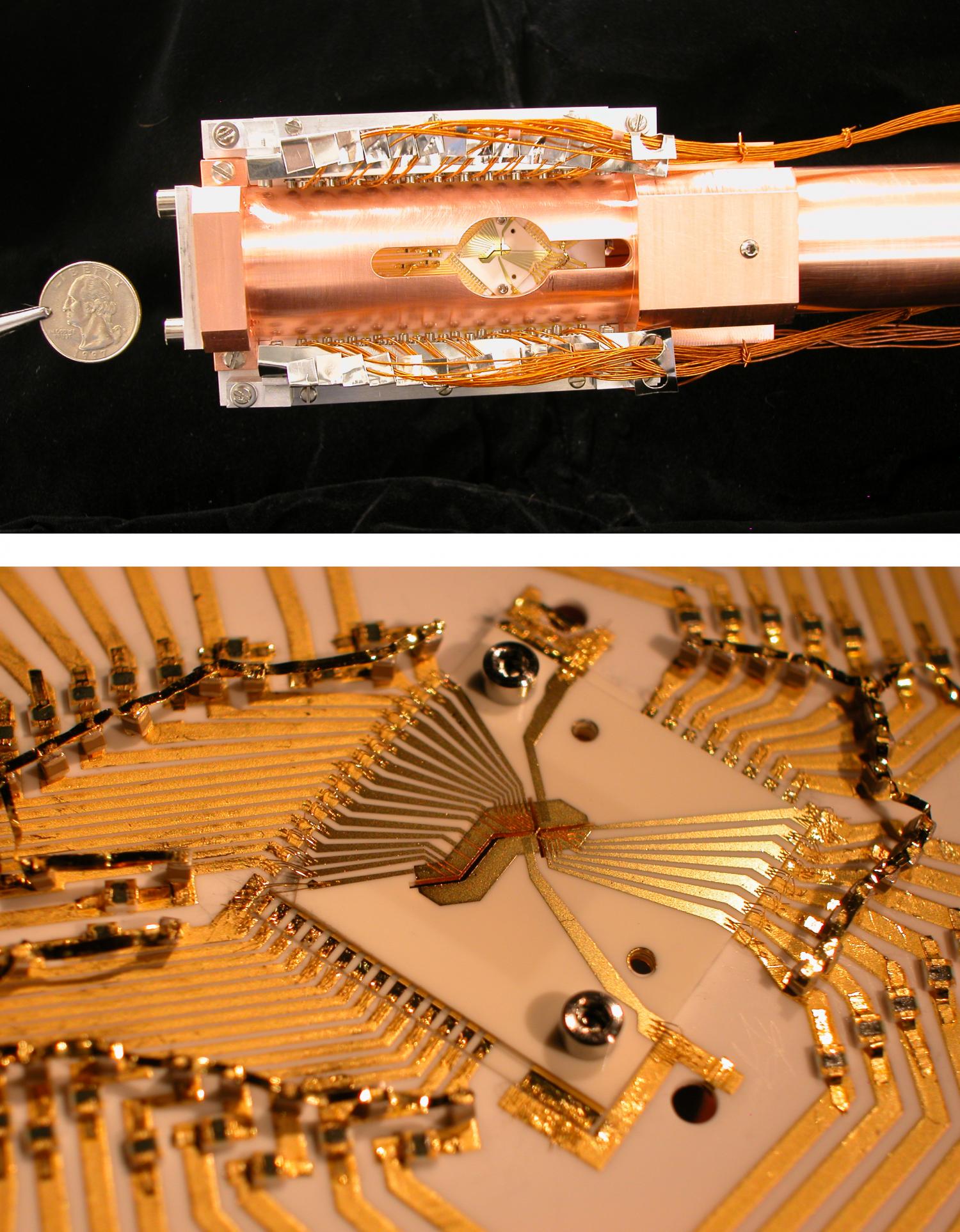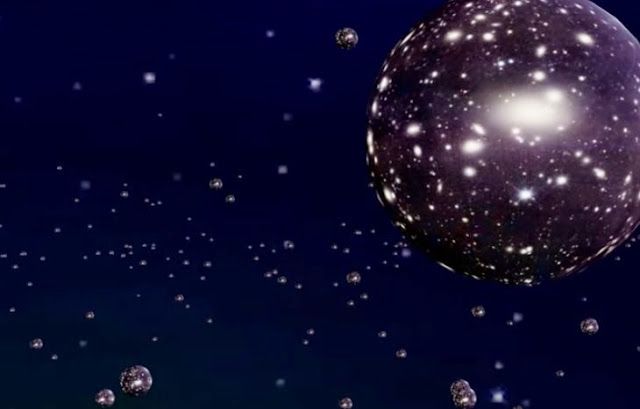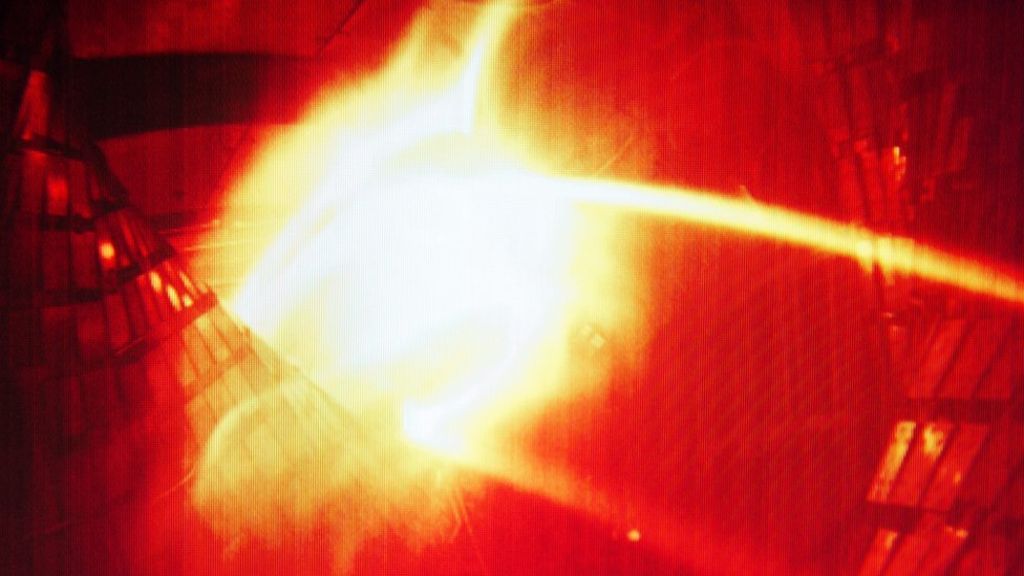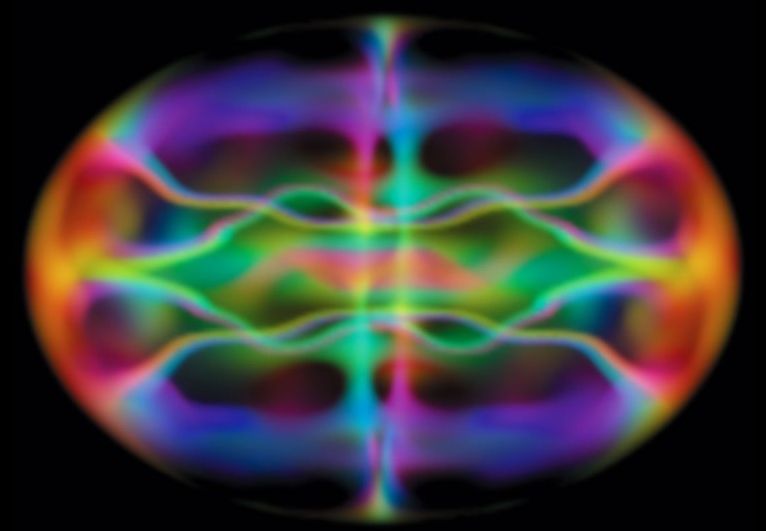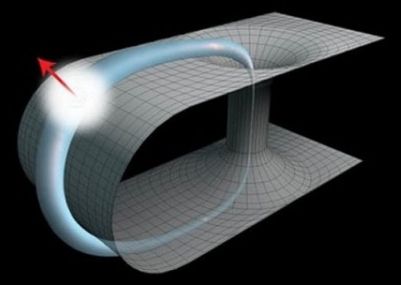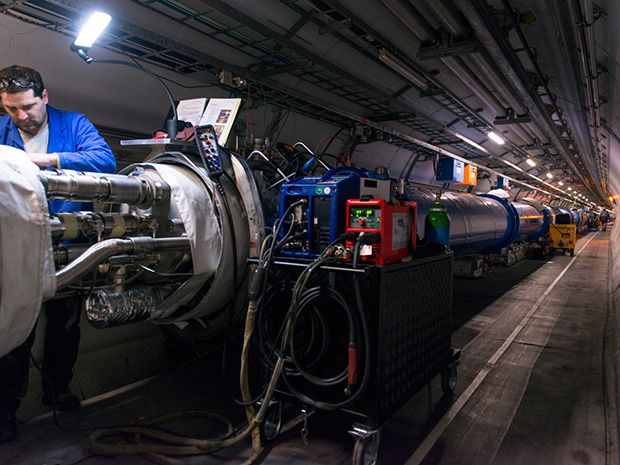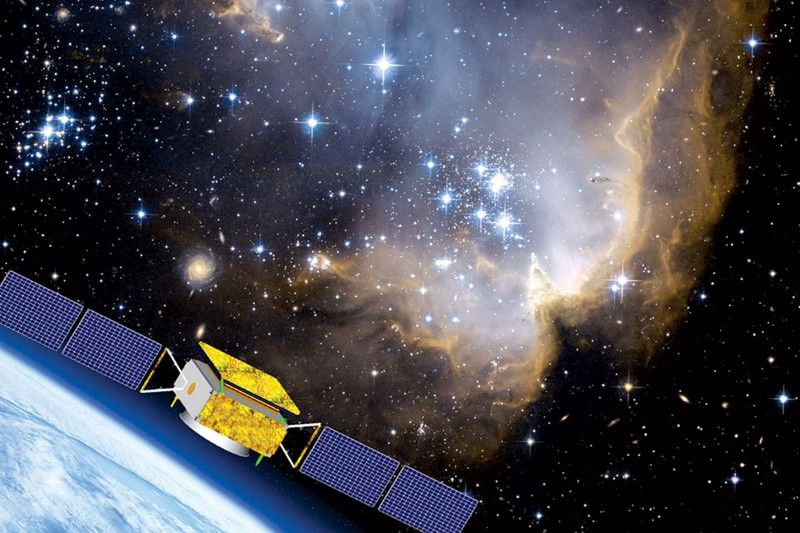Dec 16, 2015
Team adds to quantum computing toolkit with mixed-atom logic operations
Posted by Andreas Matt in categories: computing, particle physics, quantum physics
Physicists at the National Institute of Standards and Technology (NIST) have added to their collection of ingredients for future quantum computers by performing logic operations—basic computing steps—with two atoms of different elements. This hybrid design could be an advantage in large computers and networks based on quantum physics.
The NIST experiment, described in the Dec. 17 issue of Nature, manipulated one magnesium and one beryllium ion (charged atom) confined in a custom trap (see photo). The scientists used two sets of laser beams to entangle the two ions—establishing a special quantum link between their properties—and to perform two types of logic operations, a controlled NOT (CNOT) gate and a SWAP gate. The same issue of Nature describes similar work with two forms of calcium ions performed at the University of Oxford.
“Hybrid quantum computers allow the unique advantages of different types of quantum systems to be exploited together in a single platform,” said lead author Ting Rei Tan. “Many research groups are pursuing this general approach. Each ion species is unique, and certain ones are better suited for certain tasks such as memory storage, while others are more suited to provide interconnects for data transfer between remote systems.”
